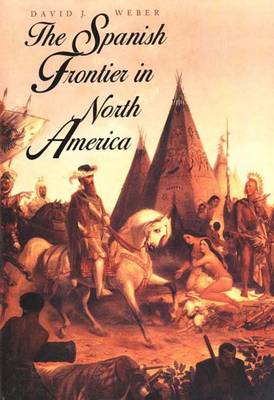In 1513, when Ponce de Leon stepped ashore on a beach of what is now Florida, Spain gained its first foothold in North America. For the next 300 years, Spaniards ranged through the continent building forts, missions and farms, ranches and towns to reconstruct the Iberian world. This illustrated book presents an overview of the Spanish colonial period in North America. It provides an account not only of the Spaniards' impact on the lives, institutions and environments of the native peoples but also of the effect of native North Americans on the societies and cultures of Spanish settlers. With quotations and illustrations, David Weber describes the establishement, expansion and retraction of the Spanish frontier and recounts the forging of a Hispanic empire that ranged from Florida to California. Weber refutes the common assumption that while the English and French came to the New World to settle or engage in honest trade, the Spanish simply came to plunder. The Spanish missionaries, soldiers and traders who lived in America were influenced by diverse motives and Weber shows that their behaviour must be viewed in the context of their own time and within their own frame of reference.
Throughout, Weber deals with many other issues, including the difference between English, French and Spanish treatment of Indians, the social and economic integration of Indian women into Hispanic society and the reasons why the Spanish communities in North America failed to develop at the rate that the English settlements did.
- ISBN10 0300059175
- ISBN13 9780300059175
- Publish Date 27 July 1994 (first published 23 September 1992)
- Publish Status Out of Print
- Out of Print 31 October 2013
- Publish Country US
- Imprint Yale University Press
- Edition New edition
- Format Paperback
- Pages 599
- Language English
